The content of the article
The Black Lark is a common steppe bird in the open spaces of the CIS countries. Interestingly, the name of the species is justified only by males, which indeed have a plumage of dull black hue. Dull females are dressed in a typical brownish or ocher shade.
A characteristic feature of the larks is that these are songbirds, the trills of which are spread for many kilometers, attracting tourists and, unfortunately, predatory steppe birds.
Appearance
Black Lark is a large representative of the species, the size closer to the starling.
The characteristic outfit of the male is painted in a black saturated color, which is sometimes accompanied by whitish foci on the head, back or chest (less often). The female has a nondescript light colored plumage (whitish-brown, ocher). However, her outfit may vary due to the individual characteristics of the organism, as well as seasonally.The mottling is moderate, the whole plumage is of a more monotonous shade, the tummy is light. Brown markings are periodically noted on the sides of the goiter. Some females may be darker with pronounced speckles. The lower surface of the wings of the male is black, while that of the females is ocher or brown.
After the hatching of the chicks, the plumage is brown with characteristic pale colors (resemble the female). After the first summer molt, young animals acquire plumage as in adults.
The paws of the males are black, in the spring the beak has a gray-blue hue, and in the fall is more yellowish. In females, legs are brownish or ocher, and beak is inconspicuous, gray.
The weight of an adult bird is up to 75 g (males) and about 50-68 g (females). The body length averages about 20-22 cm. The length of the wing fluctuates in males 12-14.5 cm, in females 11-12.5. The total wingspan can reach from 37 to 43 centimeters.
Behavior and lifestyle
All black larks prefer a sedentary lifestyle. Mostly feathery and wormwood steppe zones inhabit, less likely to get out in the area with shrubs and semi-desert with salt marshes. For these birds, it is important that there are areas with open ground, possibly covered with sparse grass. Often the larks are noted on the dirt roads of villages and paths that lead livestock.
In the nomadic period and wintering, birds can gather in mowed fields, as well as in the area of pastures and villages. Also in the winter they wander in large flocks (can reach several hundred individuals). However, only about 20% of the flocks consist of females. The wandering of males, as a rule, takes place within nesting, as well as to the north in the forest-steppe. Females can independently migrate to the southern regions. In the spring, they meet with males, forming mixed flocks.
The diet of the black lark consists mainly of insects, invertebrates and grasses (off season) and plant seeds (winter). There is a great need for small active birds and water, because even in the midst of nesting they often gather at watering places. Feed the larks love on the roads.
The bird's voice is typical of representatives of the genus - field and steppe larks. It sounds like a continuous beautiful whistle, iridescent trills. Black lark murmur can also resemble the young starling. The bird sings mostly in the air while it flies low above the ground. Sometimes it is poured, sitting on top of a small bush, column or stone. Also, representatives of the species are characterized by calls - one- or two-syllable tweets: “psit” or “waves”, etc.
The lark flies quietly, performing slow beats of its wings, combining active advancement with short planning periods. During the rhythmic flaps, wings are collected over the back.
Breeding
Black lark gathers for nesting in late winter or early spring with the appearance of the first thaws.Couples begin to form in spring flocks mainly from April. Bird nests line up at a distance of 80 to 700 meters to the next. Masonry is a depression in the ground, covered with a tuft of grass or bushes. The nest is built from dry grass and feathers, stalks of wormwood or feather grass.
After mating (April-end of June), the female black lark lays from 3 to 7 small eggs of a greenish, blue or off-white shade with characteristic spots. He incubates them during the incubation period (month) without the help of a male. Interestingly, among the offspring 68% according to statistics are males. After the chicks appear, both parents feed them with insects. The plumage of young animals occurs on days 9-11 (on average in late May - early July). Re-nesting is possible if the first clutch for some reason was lost.
Non-nesting birds (males) gather in the nesting period of couples on the shores of Lake Tengiz. The young, which did not reach sexual maturity, also gather in separate flocks in June.
Habitat
Over the past few decades, the range of black larks has declined, as has their numbers. The influence is exerted by human activities (chemical processing of steppes, creation of forest shelter belts, drainage of water bodies, etc.).
Lark winters mainly at the nesting site (regions with low snow). May fly into the region of Omsk, Novosibirsk, Ufa.
In the period of wandering, it reaches Altai, the Kursk and Kuibyshev regions, the Dnieper and the western part of Ukraine, the Transcaucasus, and the Crimea.
The Black Lark is a singing steppe bird, which can rightfully be considered a symbol of domestic fields.
Video: Black Lark (Melanocorypha yeltoniensis)

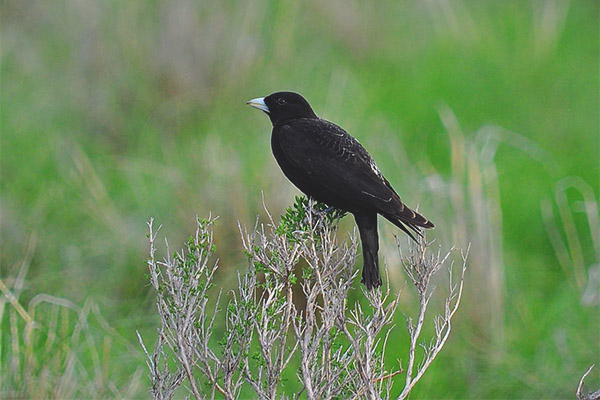
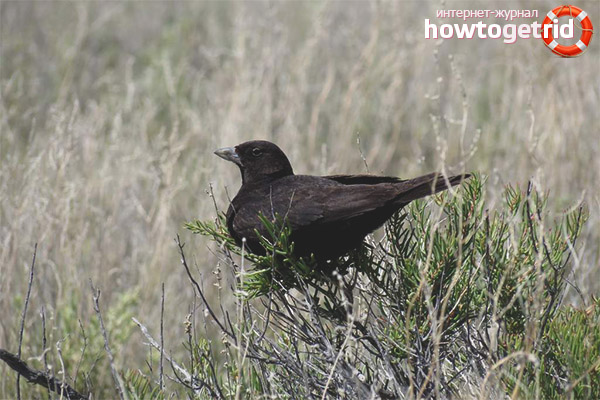
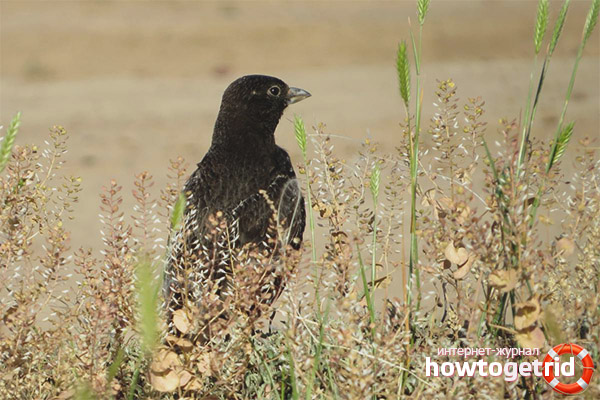
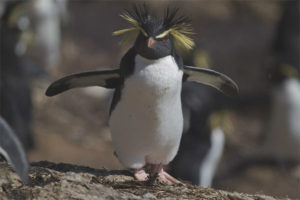
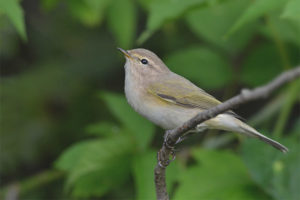
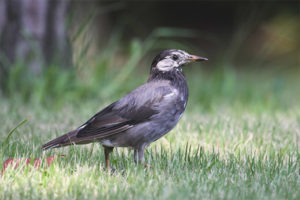
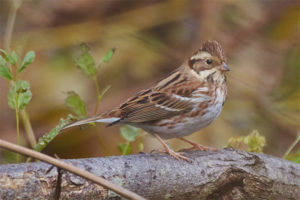
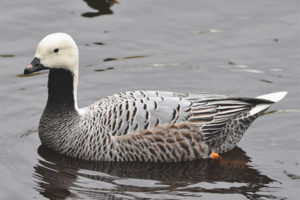
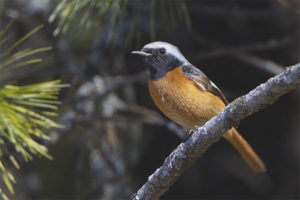
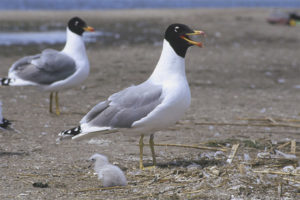
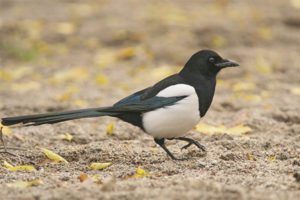
To send